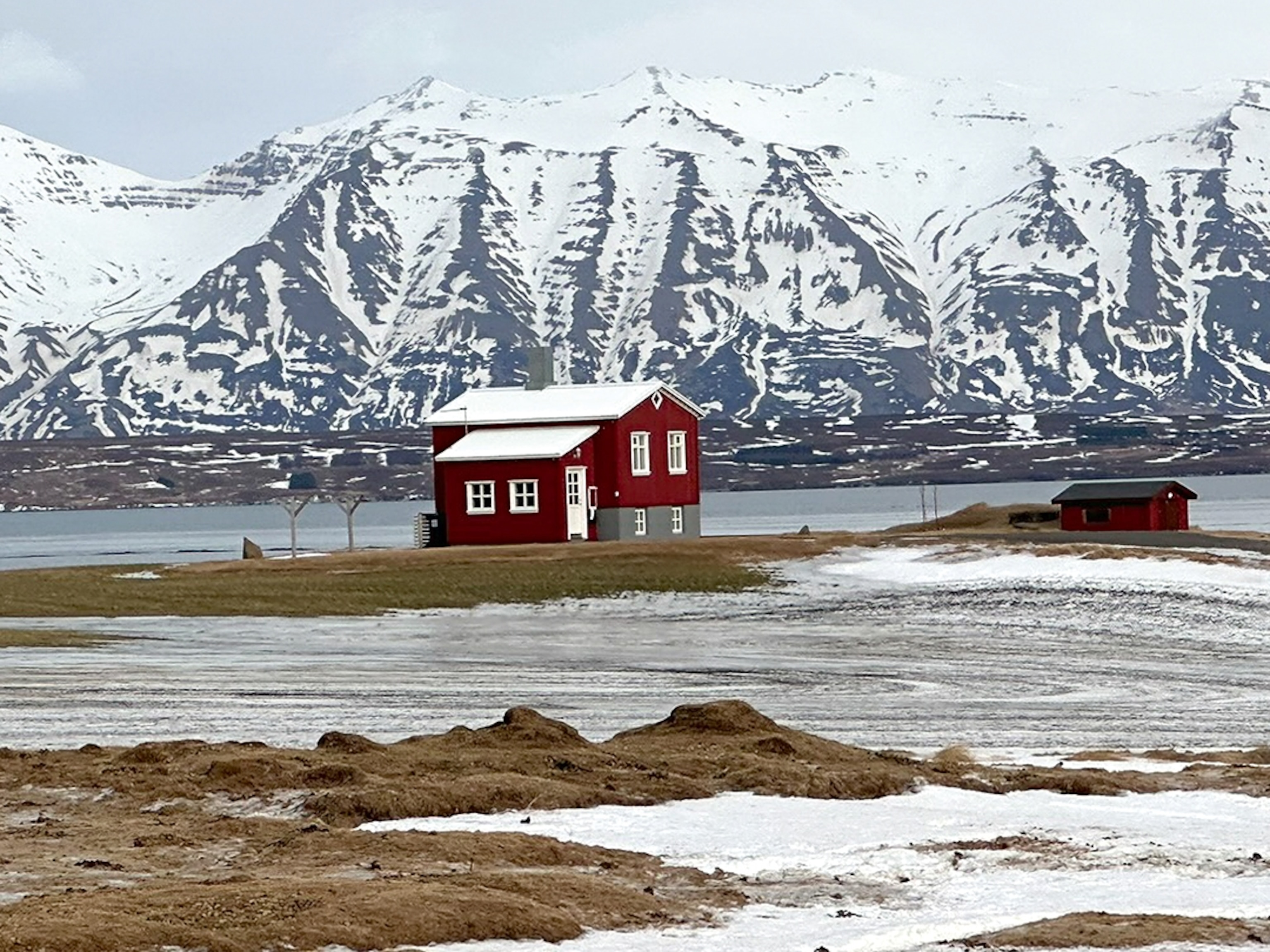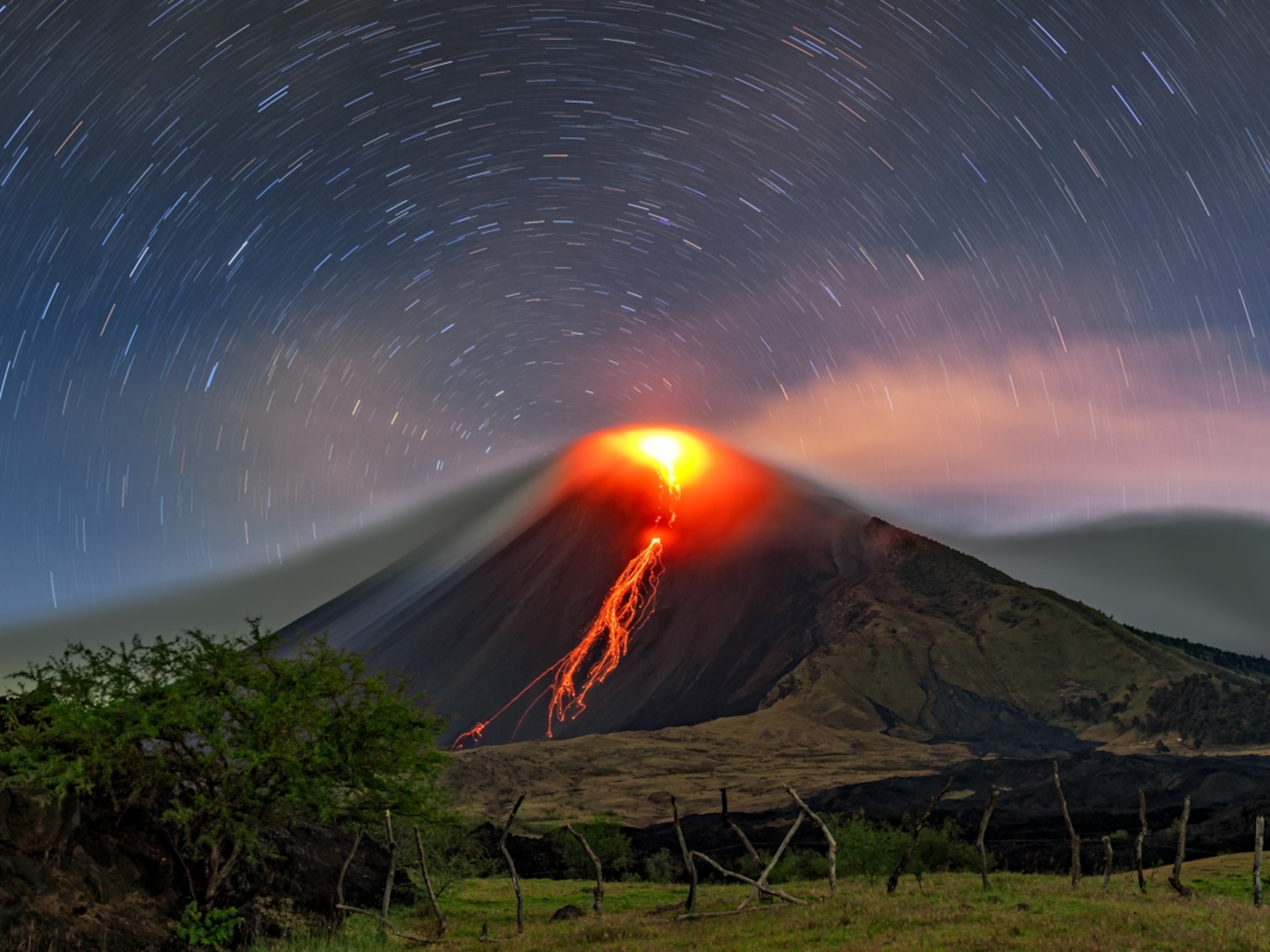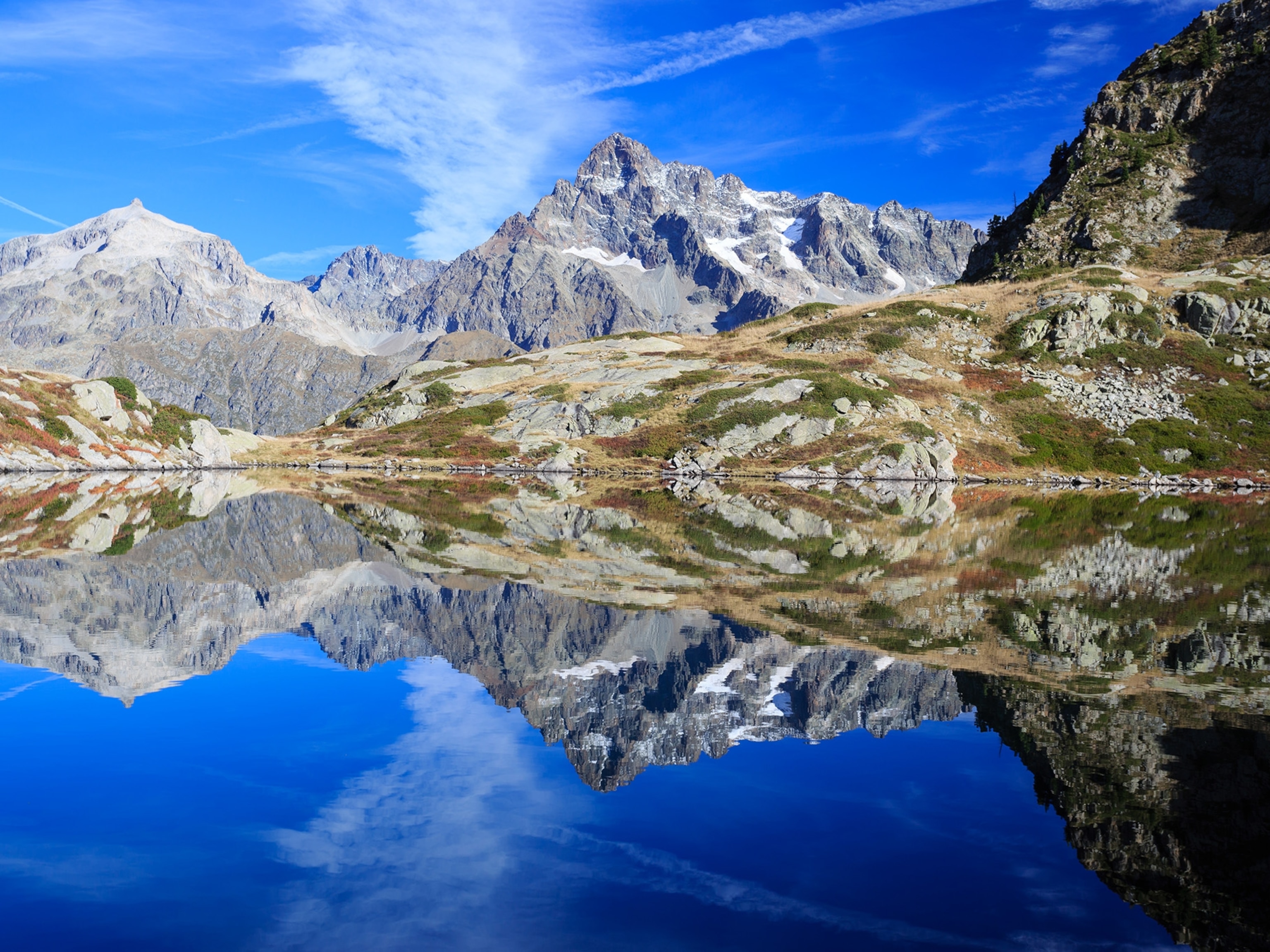
Iceland Volcano Creates 27-Story "Mountain"
But fan-favorite lava fountains sputtering, experts say.
After more than three weeks of fiery, crowd-pleasing fountains, a volcano in southern Iceland has finally quieted down—leaving behind a new, 270-foot (82-meter) cone as a permanent souvenir, experts say.
The 5,466-foot-tall (1,666-meter-tall) Eyjafjallajökull volcano first erupted on March 20, 2010. Successive eruptions sent roughly 30-story-tall "fire fountains" gushing from its newly opened vents.
The 2,192°F (1,200°C) jets of lava and gas haven't been without their charms, scientific and otherwise. "Especially in the twilight, everything starts to glow, and it's spectacularly beautiful," said Magnús Tumi Guðmundsson of the University of Iceland's Institute of Earth Sciences. (See pictures of the Iceland volcano erupting.)
Because a glacier covers Eyjafjallajökull (pronounced AY-uh-full-ay-ho-kul), the eruption at first sparked fears of flooding, and Icelandic authorities evacuated about 600 people in the area. But the residents soon returned when scientists realized the active vents were in a 1.2-mile-wide (2-kilometer-wide) ice-free strip.
In fact, in some places the ribbons of orange lava flowing downslope—called lavafalls (see picture)—have become major tourist attractions, Guðmundsson added.
Volcano Sparks Natural Experiments
Guðmundsson and colleagues have been monitoring Eyjafjallajökull volcano with seismometers, satellites, and ground-based GPS stations, which measure how much lava is flowing from the volcano. (See aerial pictures of the Iceland volcano.)
At a more basic level, Guðmundsson noted, the observations are helping to reveal how our planet rebuilds and renews itself.
"It's a laboratory exercise, and the lab is the Earth itself," he said. "We cannot set up these experiments—we have to wait for them to happen."
Iceland Volcano Has Dangerous Neighbor
The wait might not be too long for the next volcanic experiment, if history is any guide.
The curtain may have fallen on Eyjafjallajökull—the string of eruptions likely ended on April 12, Guðmundsson said—but the volcano's ice-capped neighbor a few miles to the east, 4,961-foot-tall (1,512-meter-tall) Katla, may offer something of an encore.
An Eyjafjallajökull eruption is often followed within a few years by a reawakening of Katla volcano. Eyjafjallajökull last erupted in 1821, followed by Katla in 1823. Katla erupted again, by itself, in 1918.
Due to its history of causing "catastrophic" flooding, Katla is considered one of the most dangerous volcanoes in turbulent Iceland, Guðmundsson said. For this and other reasons, he and his colleagues are shifting their gaze eastward as Eyjafjallajökull slips back to sleep.





